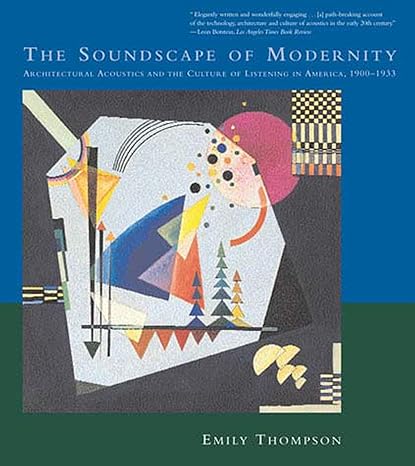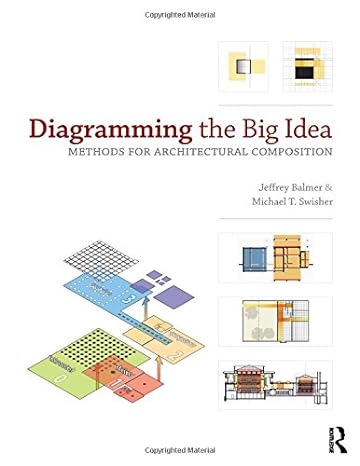Go back


The Soundscape Of Modernity Architectural Acoustics And The Culture Of Listening In America 1900-1933(1st Edition)
Authors:
Emily Thompson

Cover Type:Hardcover
Condition:Used
In Stock
Include with your book
Free shipping: April 23, 2024Popular items with books
Access to 3 Million+ solutions
Free ✝
Ask 10 Questions from expert
200,000+ Expert answers
✝ 7 days-trial
Total Price:
$0
List Price: $45.00
Savings: $45(100%)
Book details
ISBN: 0262701065, 978-0262701068
Book publisher: MIT Press
Get your hands on the best-selling book The Soundscape Of Modernity Architectural Acoustics And The Culture Of Listening In America 1900-1933 1st Edition for free. Feed your curiosity and let your imagination soar with the best stories coming out to you without hefty price tags. Browse SolutionInn to discover a treasure trove of fiction and non-fiction books where every page leads the reader to an undiscovered world. Start your literary adventure right away and also enjoy free shipping of these complimentary books to your door.
The Soundscape Of Modernity Architectural Acoustics And The Culture Of Listening In America 1900-1933 1st Edition Summary: A vibrant history of acoustical technology and aural culture in early-twentieth-century America.In this history of aural culture in early-twentieth-century America, Emily Thompson charts dramatic transformations in what people heard and how they listened. What they heard was a new kind of sound that was the product of modern technology. They listened as newly critical consumers of aural commodities. By examining the technologies that produced this sound, as well as the culture that enthusiastically consumed it, Thompson recovers a lost dimension of the Machine Age and deepens our understanding of the experience of change that characterized the era.Reverberation equations, sound meters, microphones, and acoustical tiles were deployed in places as varied as Boston's Symphony Hall, New York's office skyscrapers, and the soundstages of Hollywood. The control provided by these technologies, however, was applied in ways that denied the particularity of place, and the diverse spaces of modern America began to sound alike as a universal new sound predominated. Although this sound—clear, direct, efficient, and nonreverberant—had little to say about the physical spaces in which it was produced, it speaks volumes about the culture that created it. By listening to it, Thompson constructs a compelling new account of the experience of modernity in America.
Frequently Bought Together
Top Reviews for Books
Ulysses Glen
( 5 )
"Delivery was considerably fast, and the book I received was in a good condition."









